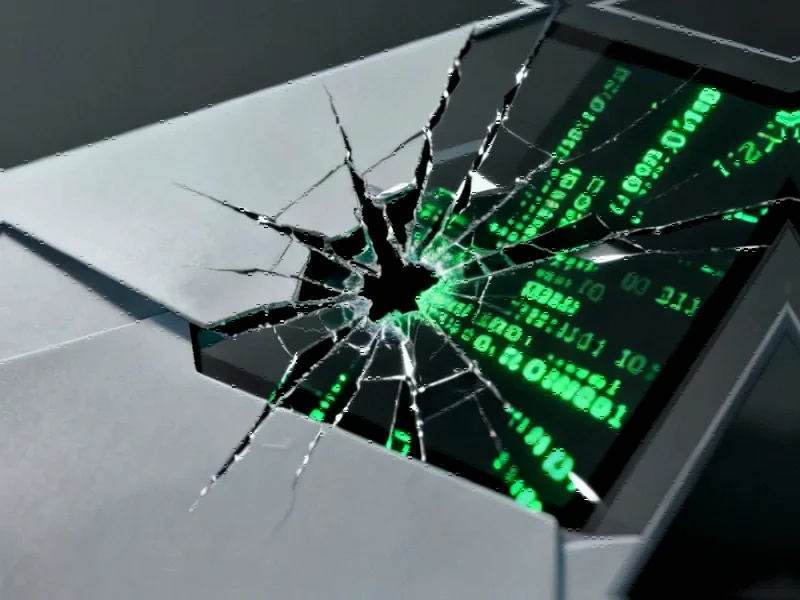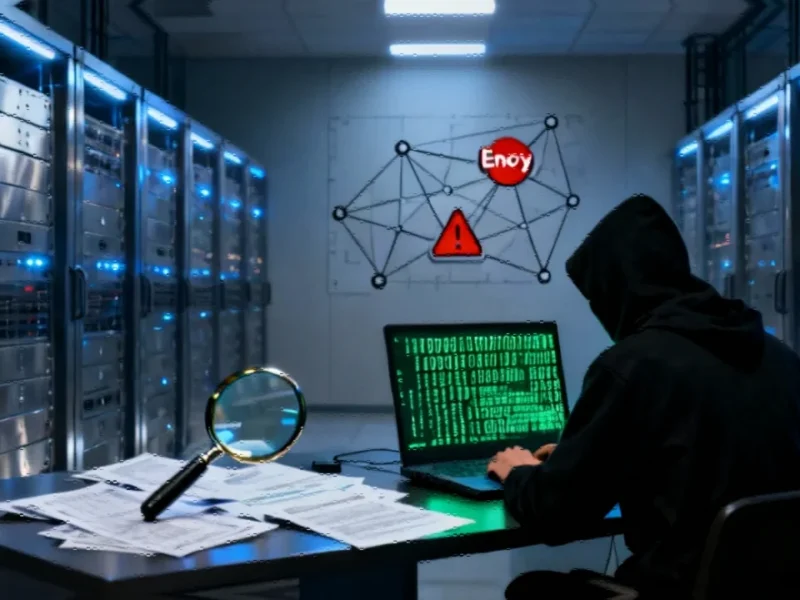The Rise of Image-Based Email Threats
As we move deeper into 2025, cybersecurity experts are sounding the alarm about a sophisticated new threat vector that’s bypassing traditional email security measures. Both Gmail and Outlook users are facing an unprecedented surge in attacks leveraging Scalable Vector Graphics (SVG) files, a format previously considered relatively harmless. This development represents a significant shift in cybercriminal tactics, moving away from more easily detectable executable files toward seemingly innocent image formats.
The scale of this threat became apparent when Hoxhunt’s latest threat intelligence report revealed that SVG-based attacks accounted for nearly 5% of all attachment-based phishing attempts by July 2025, with a staggering peak of 15% observed in March. This represents a dramatic escalation from previous years and indicates that attackers have found a potent new method to circumvent security protocols.
Why SVG Files Pose a Unique Threat
Unlike traditional image formats, SVG files contain XML-based markup that can include embedded JavaScript code. This technical characteristic makes them particularly dangerous because they can execute malicious scripts automatically when opened, without requiring any additional user interaction. “Often misclassified as just images,” Hoxhunt analysts noted, “many gateways allow SVG by default and don’t deeply parse them.”
The sophisticated nature of these attacks means that even security-conscious users might be tricked. Attackers are embedding malicious links within complex SVG code structures, including xlink:href attributes and DOM-injected HTML elements, which can evade simple link rewriting security measures and redirect users to credential harvesting pages.
Protecting Your Organization From SVG Threats
Security professionals recommend a multi-layered approach to combat this growing threat. First and foremost, users should be educated to treat unexpected SVG attachments with extreme caution, regardless of the sender. Organizations should also consider implementing specialized security solutions that can properly analyze and sanitize SVG files before they reach user inboxes.
For those seeking comprehensive protection strategies, this email security alert provides detailed technical guidance for IT administrators. The resource covers advanced configuration settings for both Gmail and Outlook environments, helping security teams implement proper SVG filtering without disrupting legitimate business communications.
Broader Cybersecurity Implications
The SVG threat surge occurs against a backdrop of increasing cybersecurity challenges across multiple sectors. As organizations worldwide grapple with evolving digital threats, understanding the interconnected nature of these risks becomes crucial. Recent industry developments in technology supply chains have highlighted how cybersecurity extends far beyond software alone.
Meanwhile, the human element remains critical in cybersecurity defense. Building a security-aware culture requires more than just technical solutions, as explored in depth regarding rebuilding trust and culture in modern organizations. Employees who understand the reasoning behind security protocols are significantly more likely to follow them consistently.
Staying Ahead of Evolving Threats
Security analysts emphasize that the SVG threat is likely to continue evolving throughout 2025. As detection methods improve, attackers will undoubtedly develop new techniques to conceal malicious payloads within seemingly legitimate files. Organizations must maintain vigilance and regularly update their security posture to address emerging threats.
The current cybersecurity landscape requires constant adaptation, with market trends indicating increased investment in advanced threat detection systems. Similarly, the integration of artificial intelligence into security solutions represents one of the most promising related innovations in the fight against sophisticated email-based attacks.
The key takeaway for both individual users and enterprise security teams is clear: assume no file type is inherently safe, maintain updated security protocols, and foster a culture of cautious engagement with all email attachments, regardless of their apparent format or source.
This article aggregates information from publicly available sources. All trademarks and copyrights belong to their respective owners.
Note: Featured image is for illustrative purposes only and does not represent any specific product, service, or entity mentioned in this article.



